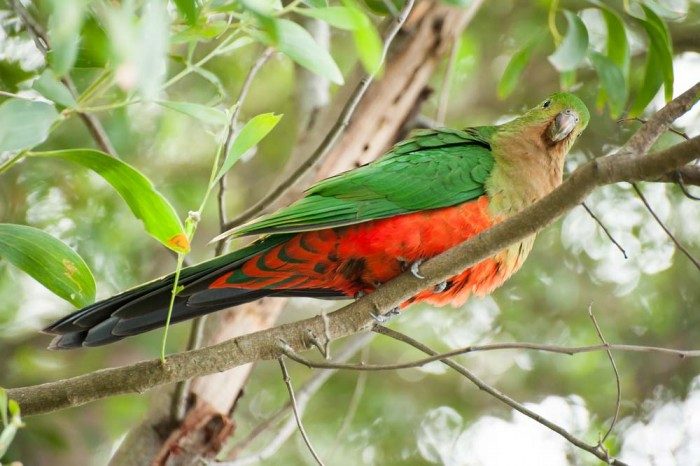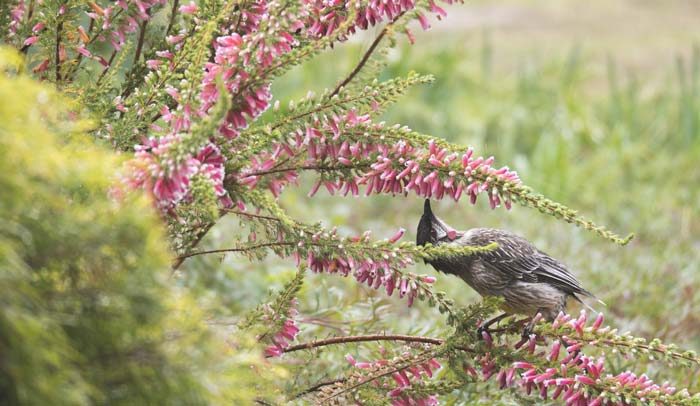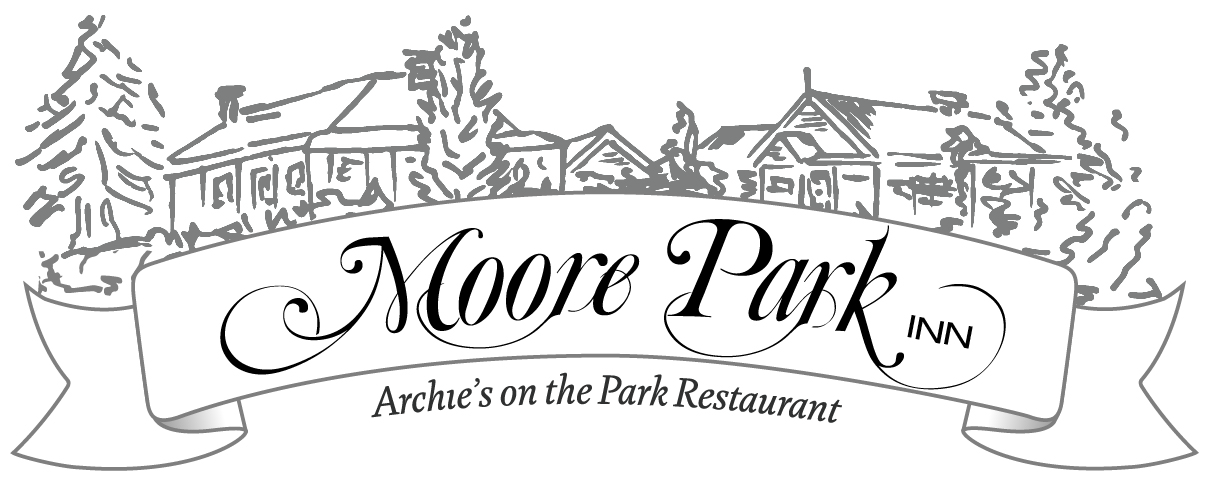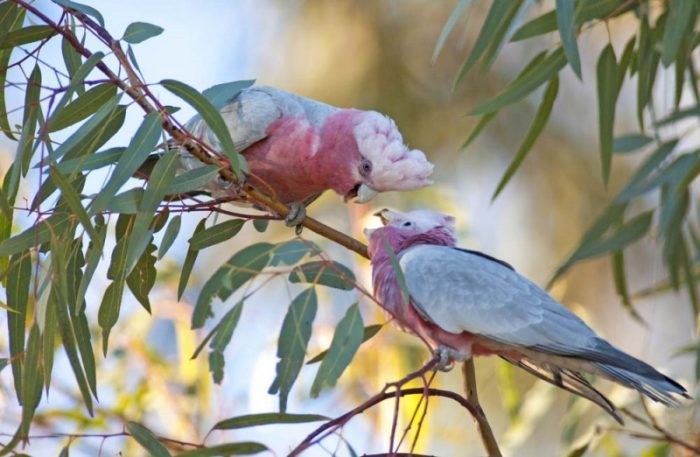A look at the bird-life of Moore Park
Moore Park Inn is set among secluded acres and rural gardens. Our guests love taking a peaceful stroll through the grounds, and often will be witness to the native birds that our property attracts.
Here are just some of the feathered friends you’ll find fluttering around the park:
The Rose-Breasted Cockatoo
More typically known as galahs, these iconic birds come to Moore Park in droves. Recognised by their grey wings, pink head and underbelly, and pale pink crown, there is a reason that the name ‘galah’ is used in Aussie slang to mean a loud-mouthed (but loveable) doofus. They form noisy flocks when feeding, and will often be seen hanging from trees in search of seeds or gathering on the ground for grasses.
Galahs are, in fact, rather intelligent birds, who remember the best feeding spots and will return to them again. We have a few bird-feeders throughout the park, which create great places for birdwatching. They’re friendly birds, so enjoy the show!

The Crested Pigeon
Fairly common throughout mainland Australia, the crested pigeon is a stocky grey-brown bird with a thin black crest. The wings are decorated with green and purple patches and distinct black stripes. Watch their tails; they swing them high in the air when landing, and the males will even fan them out like a peacock if they see a lovely lady.
Crested Pigeons typically travel in small groups, but will also be seen individually or in pairs. Timider than galahs, these birds will take to the air with a characteristic whistling flight when startled. The whistling sound is caused by air passing over their unique primary feathers — fascinating for visitors who’ve never heard it before.

The Eastern Rosella
A visitor favourite, the Eastern rosella is one of the most colourful birds in our trees. They have a red head and neck, a yellow-green body and tail, and bright blues wings, complemented by notable black markings.
Their diet mostly consists of seeds, fruits, flower buds, and nectar, so they are as likely to be seen in the treetops as they are on the ground. They are unlikely to come too close to people but are wonderful to admire from afar.

The Red-Winged Parrot
Sometimes referred to as a king parrot, these beautiful birds are bright and colourful, seeming almost to glow in the sunlight. Mostly a lime green, with black wingtips and undertail, the scarlet feathers of their wings are sure to catch your eye when they take flight.
Usually seen in pairs or small flocks, the red-winged parrot is slightly bigger than a rosella. When feeding, they will seek out seeds, nuts, berries, blossoms, and insects. Relatively quiet for a parrot, you sometimes won’t even realise they are there until they take flight. That being said, they aren’t afraid to dominate our bird feeders, causing the nervous crested pigeons to scatter.

The Red Wattlebird
The red wattlebird is one of the largest and most vocal honeyeaters you’ll ever find. Their plumage is grey and brown, with their name coming from the red, fleshy wattle on the sides of their neck. These sleek birds have a swift and sweeping flight, and will often swoop just over people’s head — not aggressively, but rather as though you’ve gone unnoticed!
You might hear the wattlebird before you see it. Their distinct and raucous call has been described as almost ‘cough’ like; pairs of wattlebirds have also been known to duet, with the male cackling loudly and the female contributing a whistle.
What other wildlife is waiting to be discovered? You might find out during your stay! Be sure to take photos and share them with us — we’d love to see mementos of your experiences at Moore Park Inn.



